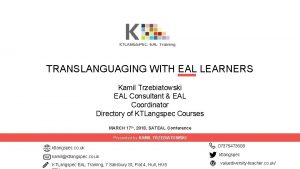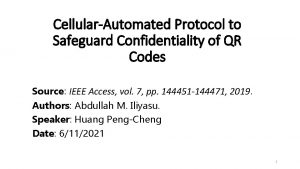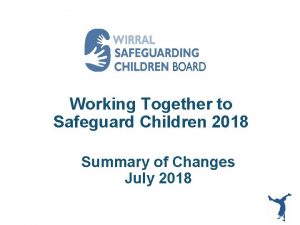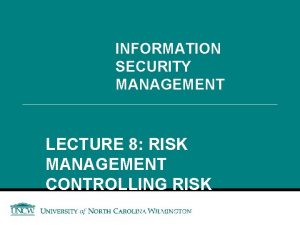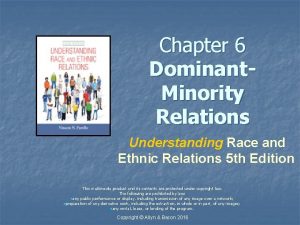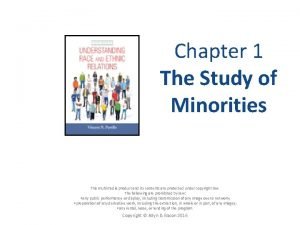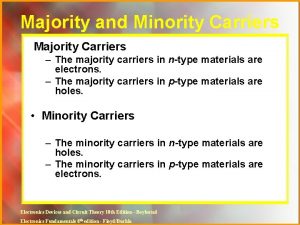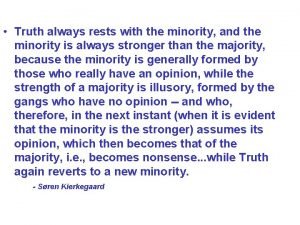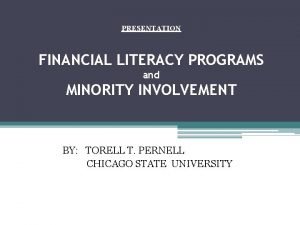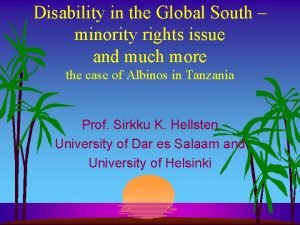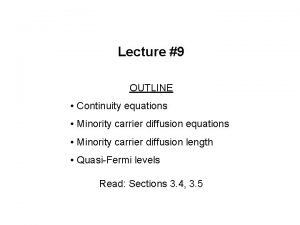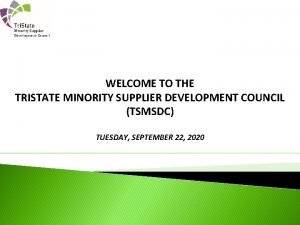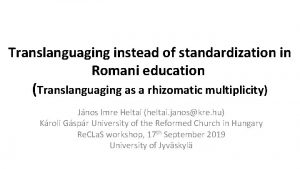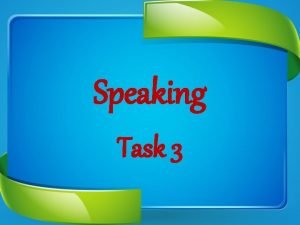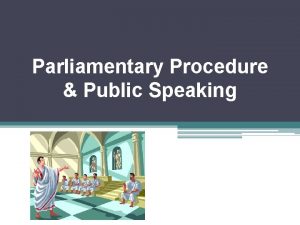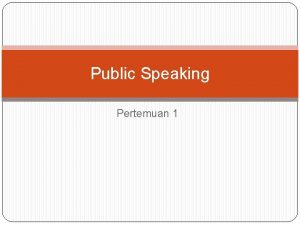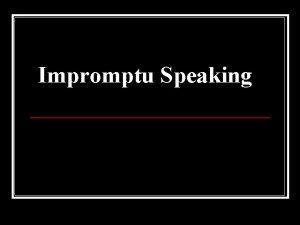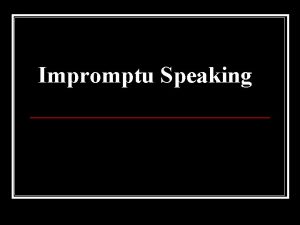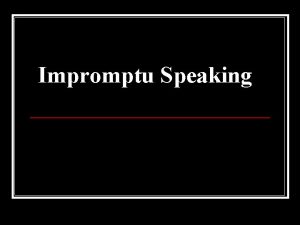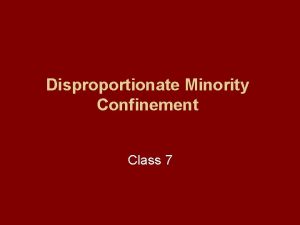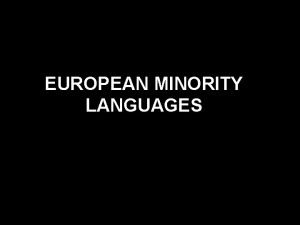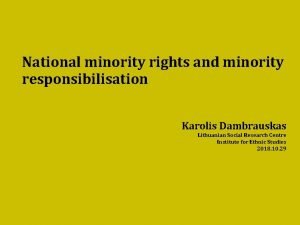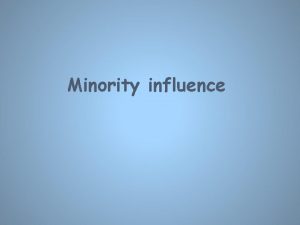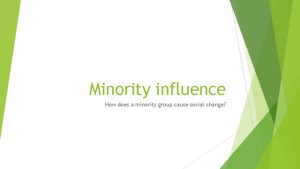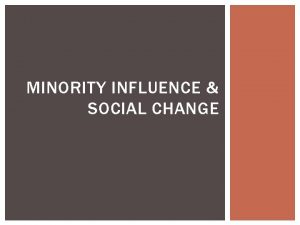Translanguaging as safeguard for minority ways of speaking















- Slides: 15

Translanguaging as safeguard for minority ways of speaking János Imre Heltai (heltai. janos@kre. hu) Károli Gáspár University of the Reformed Church in Hungary Multilingual Theories and Practices (MTP 19) Ionian University, Kerkyra – Corfu 9 -10 May 2019

Outline • Some reactions to the growing criticism of translanguaging regarding its – descriptive appropriateness (Auer 2019) – transformative power (Jaspers 2018) – consequences for minority language policies (Cenoz and Gorter 2017) • Based on – empirical data of translanguaging practices of Roma – experiences in a „translanguaged school” in Hungary

Translanguaging as a polysemic term • Linguistic practices – TL is going both „between different linguistic structures and systems and going beyond them” (Li 2011: 1223) – „Bilinguals, multilinguals, and indeed, all users of language, select and deploy particular features from a unitary linguistic repertoire” (Vogel–Garcia 2017: 2) • An educational orientation – with transformative power and a quality to increase social equality (Poza 2017) – guided TL as a concept of learning organisation (Cenoz–Gorter 2017) • A theoretical approach – a basic metaphor of critical sociolinguistics to describe human communication (Li 2018)

Recent critique on TL – Parallel to the extensive implications of the concept of TL, considerations and critiques emerge at leastwise three levels 1. Auer (2019) discredits the power of the term: he suggests that it describes too many different linguistic practices and it is a step backward from outcomes of code shifting theories 2. Jaspers warns of the emptying of the term, questions the transformative power of the concept to fight inequality (2018) and suggests to see its’ effect in an interplay with other factors, hence education is an open and dynamic system (2019) 3. Cenoz and Gorter (2017) warn against neglecting earlier results of minority language policy while preferring translanguaging – My contributions to these discussions are based on experiences from a project fully inspired by translanguaging theory

TL in Tiszavasvári • Ethnographic fieldwork (100 days since 2016) in a Roma community (3, 000 people) in Tiszavasvári (12, 000 people), Hungary – interviews (30 Hours), lesson observations (<80), participating observations • Roma speakers in Tiszavasvári are Romani-Hungarian bilingual. Their ways of speaking linked to Romani – are non-standard and not affected by the efforts to standardise Romani in Hungary – include resources which are evaluated in different ways: • in academic discourses as different outcomes of language contact (loanwords, code mixing). • by Hungarian-speaking monolingual teachers as Hungarian resources in a mixed language • by Roma students as Romani

„Translanguaged school” • Spontaneous and guided translanguaging • Introducing translanguaging orientation into everyday school practice (Heltai 2019) to support students school success • Monthly workshops based on lessons held and/or visited by participating educators, researchers and students • with voluntary participation • Acquiring techniques of learning organisation • Discussing consequences and difficulties

1. Auer: TL is „losing sight of distinction” As a result of severing mental facts (repertoires) from socially constructed facts (languages) „disconnected phenomena of language contact and highly diverse bilingual practices are all subsumed under the new term, losing sight of the complex and much more differentiated distinctions that have been established on empirical grounds over decades of bilingual studies” (Auer 2019: 16) • Following Auer’s suggestion, Translanguaging in Tiszavasvári is also describable as a set of dualisms arranged according to the patterns of fractal recursivity (Irvine and Gal 2000): Hungarian and Romani, „real Romani” and local Romani with code mixing; alternational mixing and insertional mixing etc. • Descriptions like this overlook the rhysomatic (Pietikäinen 2015) nature of translanguaging: „in order to designate something exactly, anexact expressions are utterly unavoidable. (…) We employ a dualism of models only in order to arrive at a process that challenges all models. Each time, mental correctives are necessary to undo the dualisms we had no wish to construct but through which we pass. Arrive at the magic formula we all seek. PLURALISM = MONISM (Deleuze and Guattari 1987 [1978]: 20) • Translanguaging theory contentrates not on the codes but helps to focus on the speakers

2. Jaspers: TL is less transformative than suggested The main reasons for this are 2. 1. that translanguaging scholars share a number of convictions with the monolingual authorities they criticize 2. 2. that their transformative claims trade on causality effects that cannot be taken for granted 2. 3. and that translanguaging, at least in some of its representations, is becoming a dominating rather than a liberating force. ” (Jaspers 2018: 2)

2. 1. TL-scholars share a number of convictions with the monolingual authorities they criticize Both sides „reduce questions of school success and social inequality to a linguistic quintessence” and are „convinced that a discourse of discipline is conducive to making teachers implement the preferred behaviour” (Jaspers 2018: 5) - In Tiszavasvári, - participants look at TL as the starting point: a base for pedagogical innovations - researchers and teachers work together in workshops to deal with difficulties

2. 2. „their transformative claims trade on causality effects that cannot be taken for granted” - Effects of improving learning skills are problematic to measure, (but…) - more well-being and anxiety-free presence of students (resulting in more behaviour problems in teachers’ perception) - Growing role of activities based on student-student communication - Ideologies and hierarchies of participants are affected by Translanguaging Interview with educators at school, March 2019 (e 1 = first grade teacher e 2 = upper grade teacher ) e 1: It is a great improvement mainly for us, not for the students. (e 2: for us, for us). And we can return it back to the children. (e 2: yes, yes) that we place ourselves in their position, and what we learn- we begin to understand the students- the ways how education- no, not education, but how knowledge builds up through what they are trying to teach us and we are trying to learn. We do not understand in the way we should, do not understand well, we accept it, give it to them, take it back, so we get used to each other with the students. And this is a very interesting process, that has not happened so far to us. We have not taught in this way yet.

2. 3. TL „is becoming a dominating rather than a liberating force” „This is most visible in the way that concerns with minority language maintenance are approached” (Jaspers 2018: 7).

3. Translanguaging weakens minority language policies (Cenoz and Gorter 2017) ”The potential problems associated with translanguaging in situations with regional minority languages come from the imbalance in status and power between the languages. ” (…) ”Regional minority languages are vulnerable and their situation is dynamic. (…) Many minority languages are still in the process of standardisation and there is a weak tradition of them being used in academic contexts. ”(Cenoz and Gorter 2017: 908) In Tiszavasvári, translanguaging can be also seen as an alternative to standardisation: - nonstandard language practices - prevously not part of the language of instruction at school - dominant in the repertoire of the students. Under these cirumstances, learning organisation based on guided translanguaging and embracing spontaneous translanguaging units does not weaken the minority language (languaging)

Thank you for your attention! (heltai. janos@kre. hu)

References: • Auer, Peter 2019. ‘Translanguaging’ or ‘doing languages’? Multilingual practices and the notion of ‘codes. Available from researchgate. net. Author’s copy, pre-reviewing version. Written for: J. Mac. Swann ed. , Language(s): Multilingualism and Its Consequences, Multilingual Matters, Series ‘Language, Education and Diversity. • Jaspers, Jürgen 2018. The transformative limits of translanguaging. Language and Communication 58. 1 -10. • Cenoz, Jasone, Durk Gorter 2017. Minority languages and sustainable translanguaging: threat or opportunity? Journal of Multilingual and Multicultural Development 38(10). 901– 912. • Deleuze, Gilles, Felix Guattari 1987. A Thousand Plateaus. Minneapolis: University of Minnesota Press. • García, Ofelia, Tatyana Kleyn. 2016. Translanguaging with multilingual students: Learning from classroom moments. New York: Routledge. • Heltai, János Imre 2019. Translanguaging instead of standardisation: Writing Romani at school. Applied Linguistics Review. Ahead of print. • Irvine, Judith, Gal Susan 2000. Language ideology and linguistic differentiation. In Paul V. Kroskrity (ed. ) Regimes of Language. School of American Research Press. 35 -83. • Jaspers, Jürgen 2019. Authority and morality in advocating heteroglossia. Language, Culture and Society 1. 83 -105. • Li Wei 2011. Moment analysis and translanguaging space: Discoursive construction of identities by multilingual Chinese youth in Britain. Journal of Pragmatics, 43(5). 1222 -1235. • Li Wei 2018. Translanguaging as a practical theory of language. Applied Linguistics 39. 9– 30. • Pietikäinen, Sari 2015. Multilingual dynamics in Sámiland: Rhizomatic discourses on changing language. International Journal of Bilingualism 19(2). 206 -225. • Poza, Luis 2017. Translanguaging: Definitions, implications, and further neeeds in burgeoning inquiry. Berkeley Review of Education 6(2). 101 -128. • Vogel, Sarah – García Ofelia 2017. Translanguaging. In: Noblit, George W. (ed. ) Oxford Research Encyclopedia of Education. Oxford University Press. Oxford. • Williams, Cen. 1994. Arfarniad o Ddulliau Dysgu ac Addysgu yng Nghyd-destun Addysg Uwchradd Ddwyieithog [An evaluation of teaching and learning methods in the context of bilingual secondary education]. Unpublished doctoral thesis. Bangor: University of Wales.

Consequences and difficulties • Growing role of group-based activities based on student communication • Anxiety-free presence of students (resulting in more behavior problems in teachers’ perception) • the reasons for the poor performance of previously silent and under-achieving students become transparent • Growing uncertainty of educators by loosing control about some parts of the learning process
 Kamil trzebiatowski
Kamil trzebiatowski Gods ways are not our ways
Gods ways are not our ways Safeguard qr code
Safeguard qr code Safeguard your business
Safeguard your business Working together to safeguard children 2018
Working together to safeguard children 2018 Sle aro ale examples
Sle aro ale examples Safeguard hosting
Safeguard hosting Middleman minority definition
Middleman minority definition Minority ch 1
Minority ch 1 Control account in accounting
Control account in accounting Majority and minority carriers
Majority and minority carriers Truth always rests with the minority
Truth always rests with the minority Financial literacy at minority serving institutions
Financial literacy at minority serving institutions Minority pw
Minority pw Minority carrier diffusion equation
Minority carrier diffusion equation Tristate minority supplier development council
Tristate minority supplier development council
